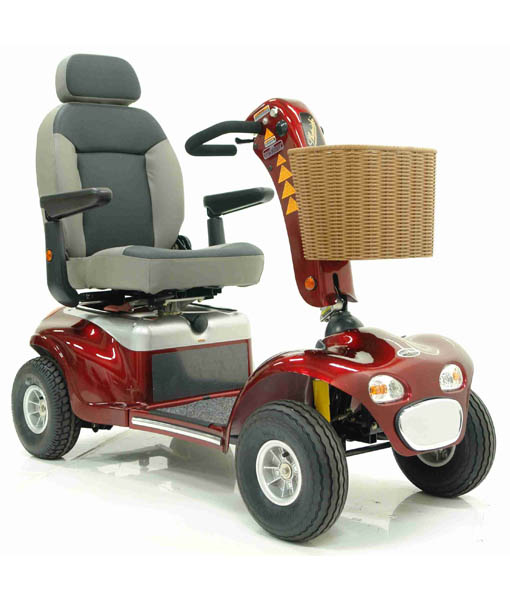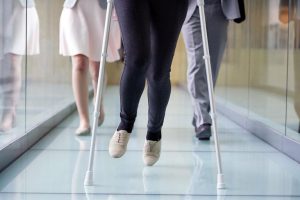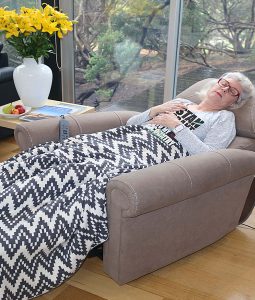The World Health Organisation recently said that over 1.9 adults were overweight and out of these numbers, 6 million were obese. Obesity is measured by one’s Body Mass Index or BMI which is the weight for height classification where a BMI greater than 25 is overweight and greater than 30 is obese. In turn, many are looking at the prevention, treatment and causes for obesity. This is known as Bariatrics. With some bariatric patients, they may find difficultly with mobility in terms of weight distribution. Therefore, they might require some form of mobility solutions or specialised seating options to accommodate the weight to maintain a safe weight limit such as bariatric mobility scooters.
The use of specially designed bariatric chairs, walking aids, wheelchairs, and even bariatric mobility scooters can greatly help someone who needs it. Bariatric mobility scooters are extremely popular to help patients with weight issues to help them be mobile and independent. There are various types of bariatric mobility scooters available through Independent Living Specialist where patients may have different types of requirements from the maximum safe weight limit, to the comfort of the seat and more.
Bariatric Mobility Scooters and Weight Capacities
There are many product specifications attached to various mobility aids and solutions. From the physical dimensions, in terms of weight capacity, you need to make sure that it is safe to use and can withstand a certain circumstances. One such specification or product detail to look for when in the market for bariatric mobility scooters would be the Max SWL (which stands for maximum safe working load/weight limit). This relates to safety and as well as the mobility scooter’s performance levels under these circumstances in terms of speed and range.
Product Specifications of Bariatric Mobility Scooters
Apart from the Max SWL, other various specifications play a factor in making sure that these mobility scooters are ideal for bariatric users. Usually they are made stronger and wider; therefore, there are product details such as the width of the seat, as well as space between the seat and the tiller as well as the height of the steering tiller and seat level that play an important role when attempting to make a purchase decision on a mobility scooter.
It is recommended that you opt for large mobility scooters that are heavy duty and offer support. These will be heavier in build, therefore transporting may be more difficult and will require the use of a ramp or lift. However, if you are looking at using the mobility scooters indoors or outdoors, you should plan these trips accordingly to withstand the range between charges. Usually large mobility scooters fall in the range of 200kg and above weight capacity. These come with extra power and even suspension features to ensure a comfortable ride.  For instance, if you were looking at utilising a bariatric mobility scooter on an incline, then you should be aware of the safe and max climbing angle that the model has been tested for to know it’s safety.
Shoprider Rocky 4Â Mobility Scooter

The Shoprider Rocky 4 Mobility Scooter pictured below has a 12-degree max climbing angle that can accommodate a maximum weight of 100kg. Though the max safe working load is 225kg, it should be advised that one should be wary when using it at such an angle of incline.

Pride Pathrider 140XL Mobility Scooter

Another popular model from the ILS Australia range of bariatric mobility scooters is the Pride Pathrider 140XL Mobility Scooter which has a max SWL of 181kg. The following safety precautions are advised when on an incline.







